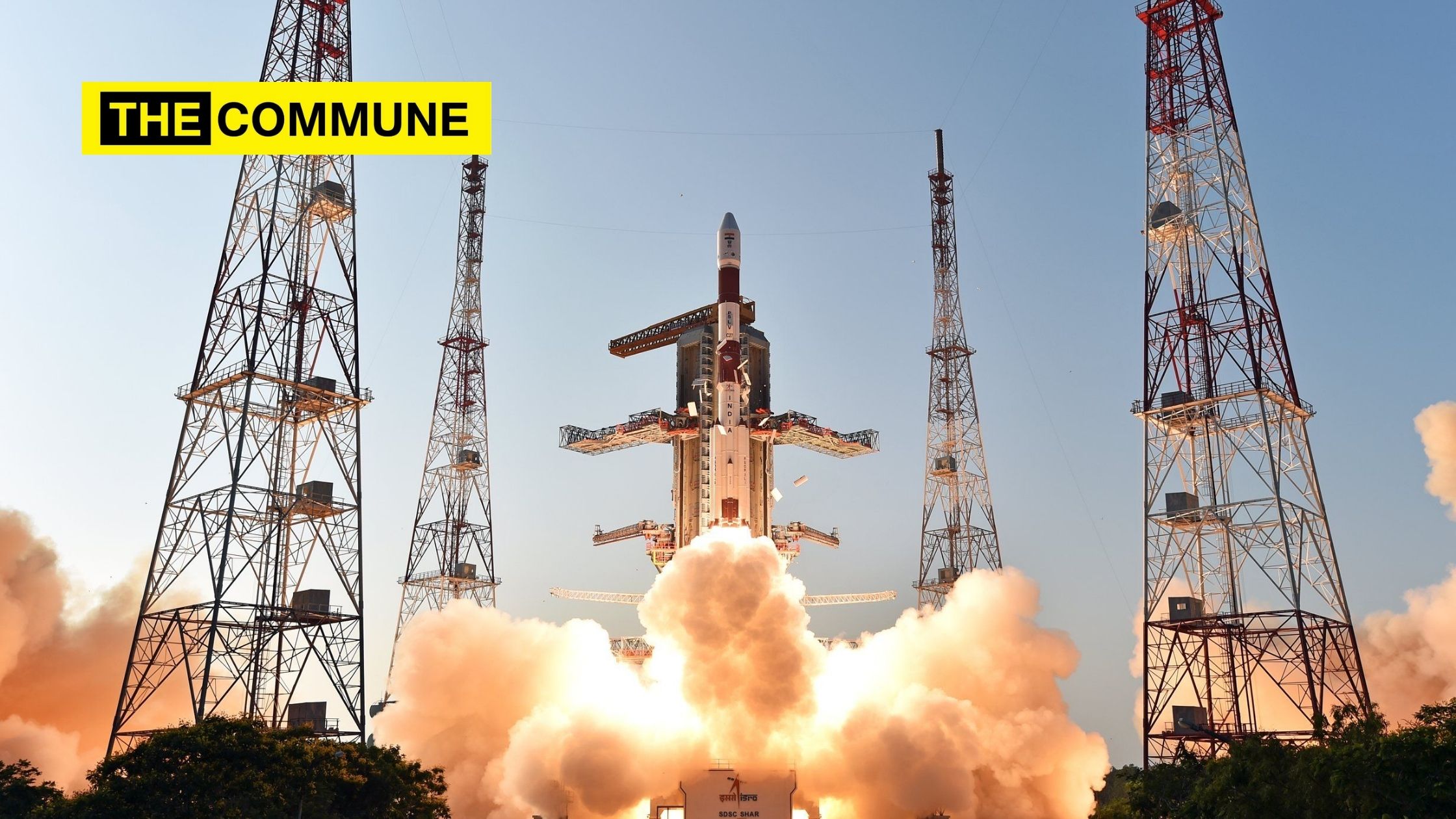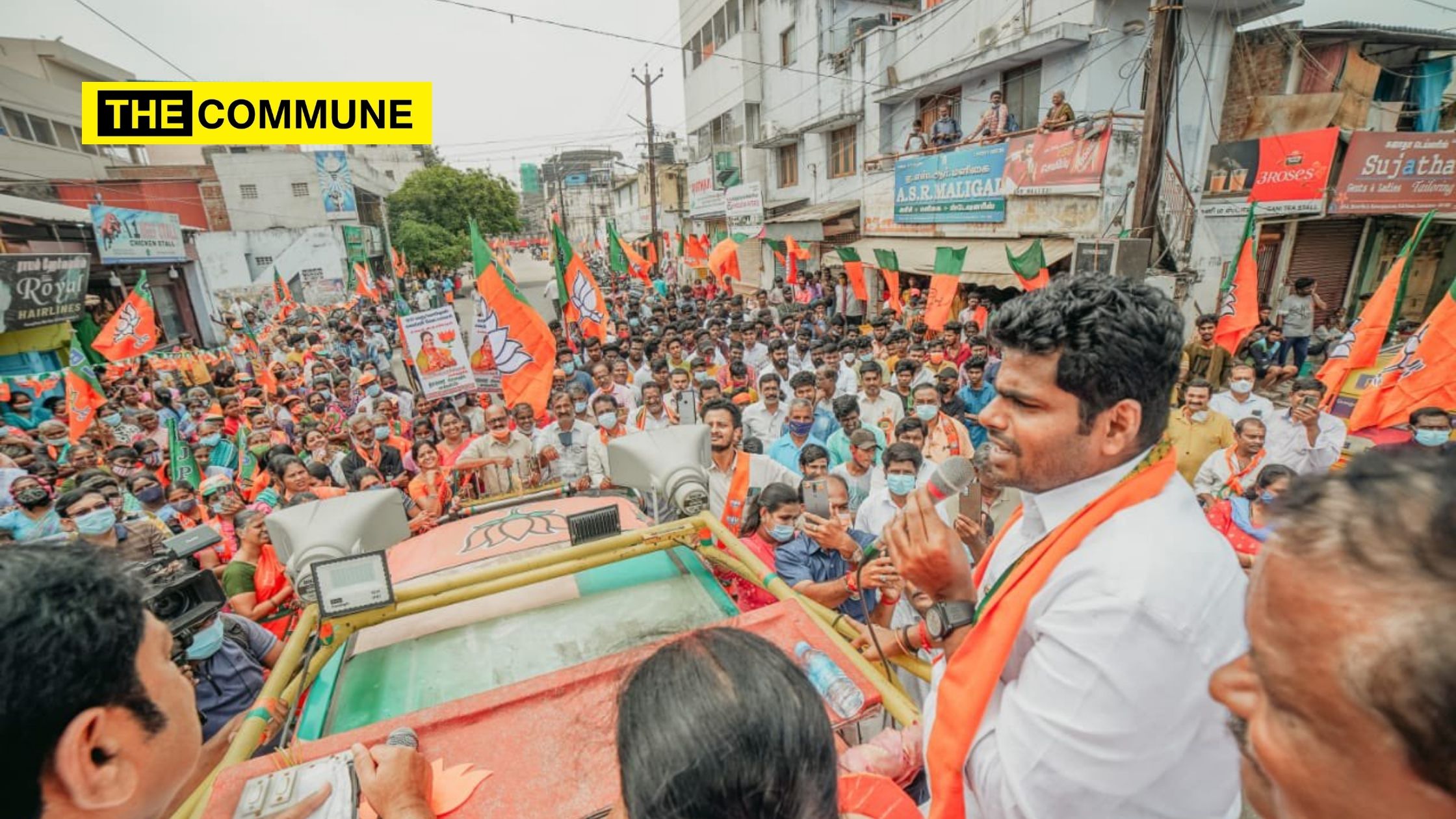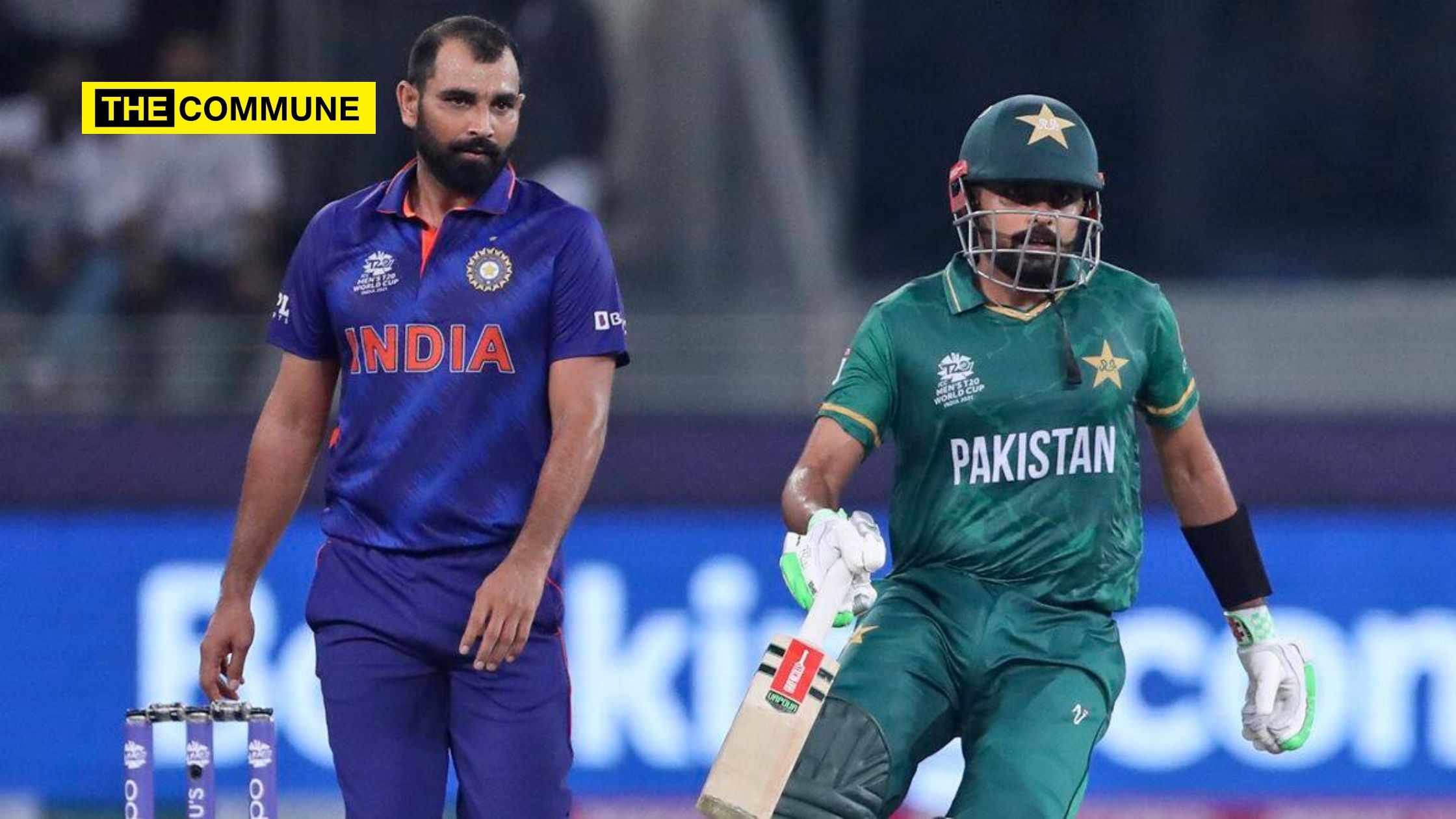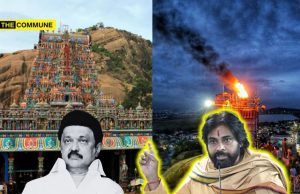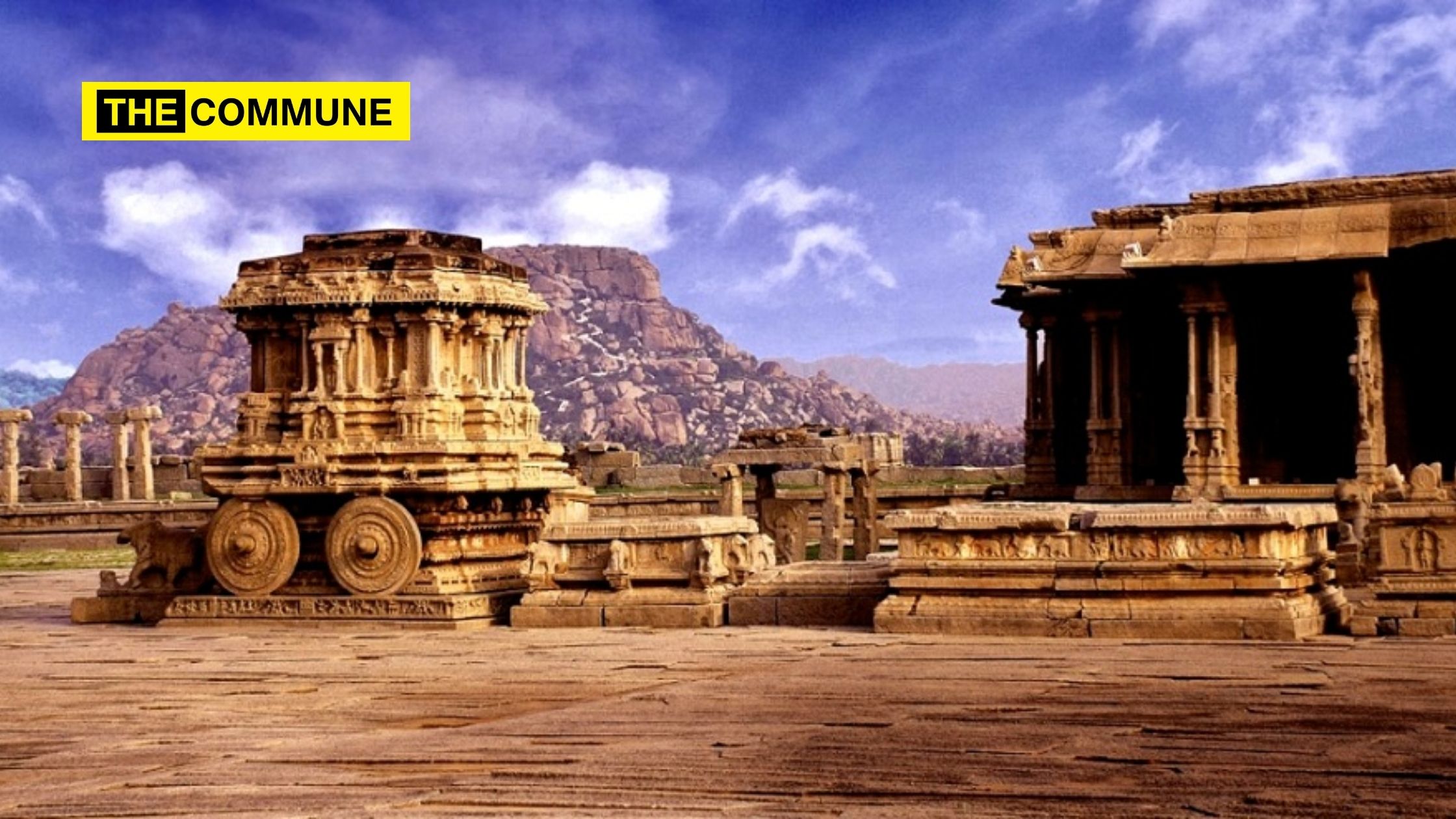
In 1948, R.C. Majumdar submitted a proposal to the Government to write an authentic and truthful history of the freedom struggle, a fact that he records in some detail in the Appendix of Volume 1 of “History of the Freedom movement in India (HFMI)“. It was the first-ever proposal on this much-needed endeavour that was accepted by the government of the day.
However, according to Dr. B.N. Pandey, who has narrated the fate of the errand in his review of Volume 1 of Prof. Majumdar’s HFMI –
“In 1952 the Ministry of Education appointed a Board of Editors for the compilation of the history. Professor Majumdar was appointed by the Board as the Director and entrusted with the work of sifting and collecting materials and preparing the draft of the history.
However, the Board, consisting of politicians and scholars, was least likely to function harmoniously. Perhaps this was the reason why it was dissolved at the end of 1955.”
However, this project didn’t end abruptly as it remained “in balance for a year”. It was then the Government of the day entrusted this task too to a far more erudite bureaucrat. Though ‘Eternal as evolution is’, one can always purport of a ‘Babu‘ to have grown in thorough measure by virtue of having the coveted position and hence it was Tara Chand, in the Education ministry who was India’s ambassador to Teheran from 1951–56. Thus, Tara Chand’s magnum opus got the privilege of getting published in 1967 by the Publications Division, Ministry of Information and Broadcasting. This tract remains the official (Nehru dynasty) history of the freedom struggle which keeps enlightening the minds of individuals till date(read: tragically). Ironically, the title of Tara Chand’s chronicles is the same as that of R.C. Majumdar’s volumes.
In the words of Dr. N.S. Rajaram,
“What was Majumdar’s crime? He refused to bend history to suit the interest of the Congress.” [ Dr. N.S. Rajaram: ICHR: Are they ‘eminent historians’ or ordinary criminals in scholars’ robes? FOLKS Mag, June 2012 ]
It is said that Prof. Majumdar had declared that he would critically examine the roles played by Mohandas Gandhi, Motilal and Jawaharlal Nehru in the Independence struggle. In his own words, he writes in the Preface of Volume I, HFMI,
“I have been a witness to the grim struggle from 1905 to 1947, and do not pretend to be merely a dispassionate or disinterested spectator; I would have been more or less than a human being if I were so…Without denying this possibility…I have tried my best to take a detached view. On the other hand, I possess certain advantages … in having a first-hand knowledge of the important events and … impressions and sentiments they left behind on the minds of the people. It is difficult to form a proper idea of these by one who, living at a later period, has only to rely on the record of the past in order to reconstruct its history. ”
In the post-colonial Indian state formation, all the three types of domination (so luminously identified by Max Weber) mix and mingle, combine and recombine, intersect and interrogate, legitimate and delegimate the power of ideology and ideology of power. This forfeiture of legality as a principle informing the legitimation of political power had begun to produce since Nehru’s time devastating consequences for the nature and future of Indian History. Critical examination of the roles played by either Mohandas Gandhi or Jawaharlal Nehru has become an act of blasphemy and hence considered a taboo till date. On the other hand Marxist pamphleteers got a freehand for rampant historical distortions for the next fifty-odd years at all levels: school to the university. This led to the construction of a Marxist Grand Narrative of Indian history that was elevated to vile levels and has come to be the mainstay of not just our history but our public discourse. Now, as the demands are raised for a course-correction, the cabal feels threatened by an honest assessment of one of the most important episodes of India’s long history.
The advent of the internet in general and social media in particular has given people a platform to voice reality as they see it. It is by means of this democratization of the lines of communication that India’s latent civilizational consciousness received a fillip, and the consciousness manifested as a potent, alluring tide of cultural nationalism. Yet, the old elite is fanatically committed to its demoted philosophy, its intrigues are yet perseverant, and its potency in shaping opinion is quite unmatched. In its quest to regain its primacy, it shall yield to naught, and it affirms no reticence in finding allies in renegades, rapscallions and reprobates. It is an implacable nemesis of this groundswell of cultural nationalism, the result of the perpetuation of which enmity can only be prolonged embitterment, which can by no means be salutary to our Republic.
In happier times, we would have been predominantly concerned with the manner in which we would have made history enthralling to students, and with the logical flow of its brook across the fields of time, but we must at present be content with belying the numerous lies, and adding perspective to the numerous oversimplifications, that constitute current history.
In a conversation at India Today Conclave, Dr. Tharoor claimed that after a sanguinary Partition, it was only reasonable for history to be employed in “a nation-building project”. To us, this is a euphemism at best and chicanery at worst; a ruse to eclipse the politically unpleasant events of history, that the frail emotional-intellectual constitutions of particular communities may not be offended; and that the almost apocryphal narration of the ‘high virtues’ of a pre-independence political entity may enable its domination of the free country’s government. It is no wonder that school history is so insipid. However, to the circumspect, this contention is sensible, for there is at play an unfortunate conjunction of two factors: the one is the precarity of explaining these unpleasant episodes to the innocent minds of children; the other, the phlogiston potential of disregarding that precarity, and proceeding nonetheless to honest expatiation.
The adult mind may succeed in the delicate act of balancing on the rope of nuance, but it is not axiomatic, for instance, that a child shall not recoil in terror on seeing a Muslim today, should the vivid descriptions of Islamist violence in the mediaeval era, evoke within him a subconscious fear of and aversion towards Muslims in general. This is a challenge, and there are no easy solutions. It shall require much industry to write honestly but carefully. That, however, must never be a pretext to not undertake the project.
It is in this background that Dr. Vikram Sampath’s recommendation of a ‘Truth and Reconciliation’ appears reasonable. We may not impose a facsimile of the South African model; the modalities of our own may be left to the wisdom of academic, political and social eminences. To make peace with history and to move on is of inestimable importance, and objective historiography is a major stepping stone in the consummation of that quest.
Click here to subscribe to The Commune on Telegram and get the best stories of the day delivered to you personally.

